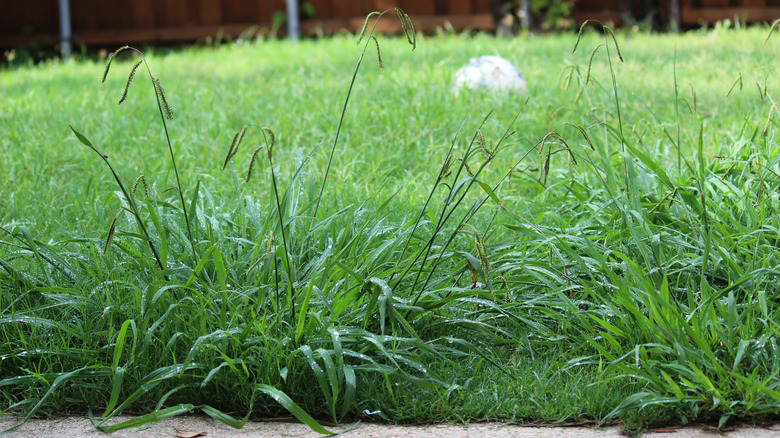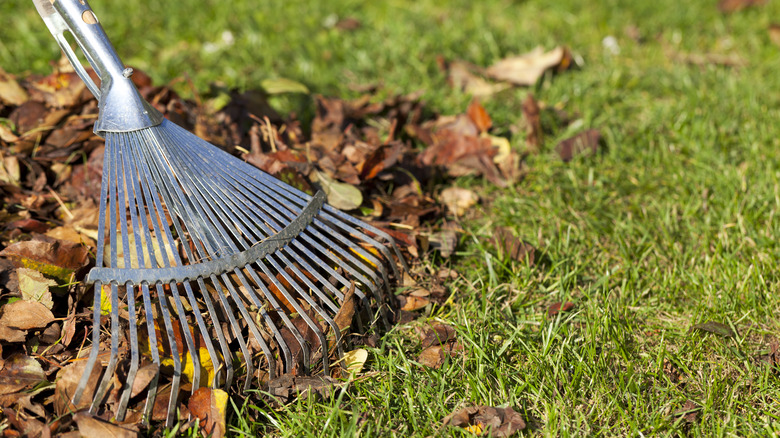Fleas and ticks can be a headache for homeowners, especially during the warmer months. While there are many effective ways to control these pests, such as using insecticides and repellents, some common mistakes can attract them to your lawn. One of the biggest is not cutting your grass regularly.
All it takes is one flea or tick to attach to you or your pet and enter your home. Then, an infestation is likely. As per the CDC, fleas and ticks can easily hitch a ride into your home on your clothing, shoes, or pets when you walk through grass where they are present. As you brush against the grass, these tiny pests can jump onto your clothes or fur and then transfer to your skin or the carpet, furniture, and bedding in your home. It can be challenging to decipher whether fleas or ticks live in your yard.
Ticks can also attach to your clothes or pets and be carried into your home, where they can feed on you or your pets’ blood. This is why checking yourself, your furry friends, and your clothing for ticks and fleas after spending time outdoors is essential. It’s also vital to keep your lawn in good shape.
Not trimming your lawn regularly

Believe it or not, one of the biggest mistakes you can make when it comes to maintaining your lawn is not keeping it sufficiently trimmed. Not trimming your lawn regularly can also lead to flea and tick infestations. When your lawn is not maintained correctly, it can become overgrown and provide a haven for pests to hide and breed.
Tall grass and weeds offer a perfect environment for fleas and ticks to live and thrive, as they can easily hide and feed on unsuspecting hosts. Ticks especially like tall blades of grass to climb, and fleas like the moisture and shade it gives. Long grass and weeds can also create humid and warm conditions ideal for developing flea eggs and tick larvae.
Establishing a regular trimming schedule is essential to avoid this mistake. Aim to trim your lawn at least once a week during the warmer months and every two weeks during the cooler months. You should also remove any weeds or debris from your lawn, as these can provide a haven for pests.
Keeping your lawn flea and tick proof

While it’s important to keep your lawn at a reasonable height to prevent it from becoming overgrown and unruly, over-trimming can stress it, making it more susceptible to disease and pest infestations. Cutting your grass too short is a common mistake when mowing your lawn. To avoid over-trimming, keep it at a height of at least 3 to 4 inches.
The more you can do to make your yard a deterrent for fleas and ticks, the better. To that end, it’s also helpful to incorporate plants in your garden that are natural flea and tick repellents, like marigolds and lavender. Be sure to remove piles of dead leaves, branches, and other debris that can provide shade and moisture for fleas and ticks to live under. You can also lay down wood chips and gravel around your yard. Both materials get very hot under the sun and won’t be conducive to fleas and ticks setting up camp in them.



